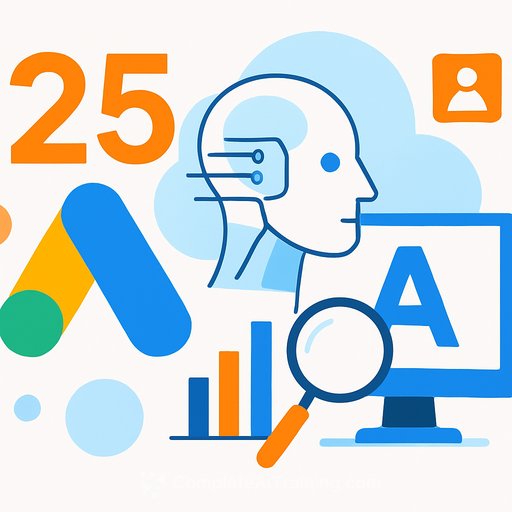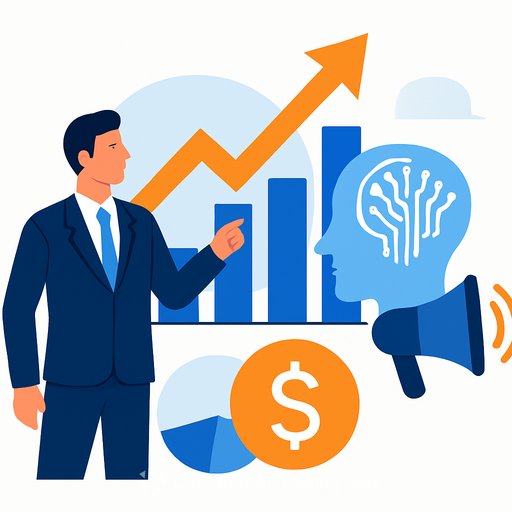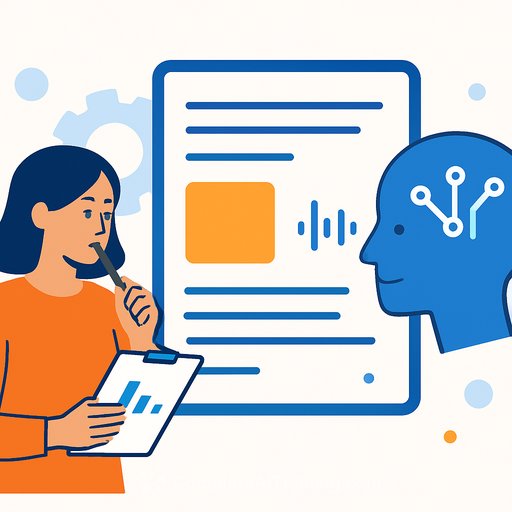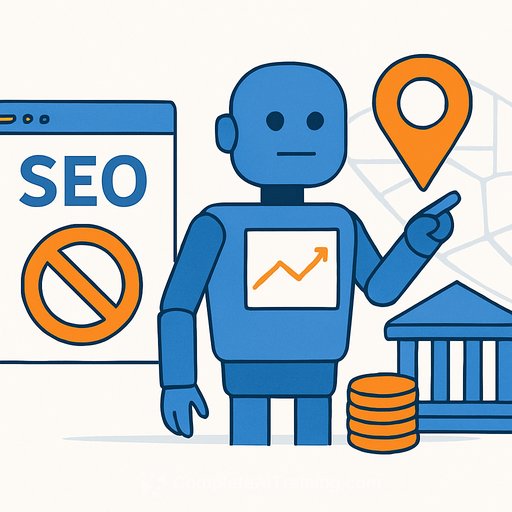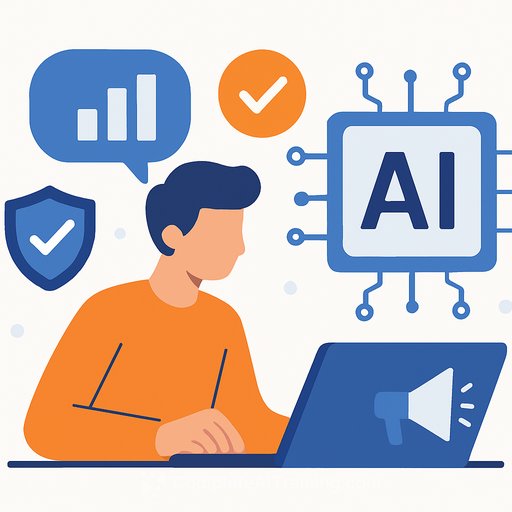Google Ads at 25: AI Moves From Assistive to Agentic
Google Ads turns 25. The core idea hasn't changed: connect intent with action. What's changing is the engine behind it-AI moving from recommendations to proactive execution.
From Intent to Relevance
AdWords set the model in 2000 with keyword bidding and cost-per-click. In 2005, Quality Score made relevance the lever that actually drives performance-not just bid size.
That same logic carried into video. TrueView on YouTube let people skip, rewarding brands that respect attention with better outcomes. Relevance remains the priority.
AI Is Now the Center of Gravity
Google's ad stack has been shifting to automation for years: Universal App Campaigns (2015), Performance Max (2021), Demand Gen (2023), and the latest AI Max Research. The direction is clear-predictive, adaptive campaigns that optimize across channels and formats.
According to Google, companies that place AI at the core of their strategy are seeing revenue growth 60% higher than competitors. Over two million advertisers now use generative creative in Asset Studio, up 50% in a year. The game is creative iteration at scale, not one-off assets.
Augmented Search Changes Discovery
Behavior is shifting. Visual search via Google Lens now handles over 25 billion queries monthly. AI Overviews and AI Mode add synthesized answers with context links, which will impact how and where people find brands.
SEO isn't dead, but the focus tightens: content that is human-centric, useful, and original will win distribution in an AI-first environment.
Next Step: Agentic
Google is preparing "agentic" capabilities-systems that don't just recommend, but take action on your behalf. The goal: less manual work, better results, especially for lean teams.
This raises a fair question: how far do you let machines run without losing strategic and creative judgment? The response from Google's leadership is straightforward: the principles of marketing don't change; the tools do.
What's Coming (Not Yet Live)
- In Google Ads: an agentic expert that proposes and, optionally, implements changes-new keywords, creatives, and multiple ad groups with tightly themed assets.
- In Google Analytics: a data expert that surfaces proactive insights, trends, and simple visuals to speed up decisions and troubleshoot campaign issues.
What This Means for Marketers
- Shift your attention to inputs. First-party data quality, conversion signals, and creative variety matter more than micromanaging bids.
- Scale creative testing. Use Asset Studio to produce variations, then cull ruthlessly. Quantity creates the conditions for quality.
- Rethink measurement. Move beyond last-click. Use conversion value rules, data-driven attribution, and incrementality tests.
- Feed the machine the right context. In PMax and Demand Gen, tighten audience signals, product feeds, and business goals (margin, LTV, geo) so automation optimizes for what actually pays.
- Prepare for agentic workflows. Set guardrails now: naming conventions, budget caps, brand safety, and approval flows for auto-implemented changes.
- SEO content strategy. Prioritize content that answers real questions with clarity, originality, and clear takeaways. Thin content won't survive AI summaries.
Practical Setup Checklist
- Implement enhanced conversions and server-side tagging for cleaner data.
- Define primary conversion(s) and value mapping that reflect profit, not just revenue.
- Upload offline conversions to close the loop on qualified leads and sales.
- In PMax: structure asset groups by intent or product theme; keep feeds clean; use exclusions for bad queries.
- In Demand Gen: build creative sets per audience state (cold, warm, cart abandoners) and measure view-through + lift.
- Run a 6-week experimentation plan: creative variants, audience signals, and bid strategy tests with clear success criteria.
Key Takeaways
- Relevance is still the lever; AI just helps you reach it faster.
- Creative iteration and clean data are your unfair advantages.
- Agentic features will remove repetitive work-keep humans on strategy, positioning, and message-market fit.
Twenty-five years in, Google's promise hasn't changed: connect businesses and consumers effectively. The method is shifting to automated, predictive systems, and that's where your competitive edge will be built-on inputs, strategy, and the discipline to test what actually moves revenue.
Want help upskilling your team on AI for marketing?
Explore practical programs and certifications:
Your membership also unlocks:

